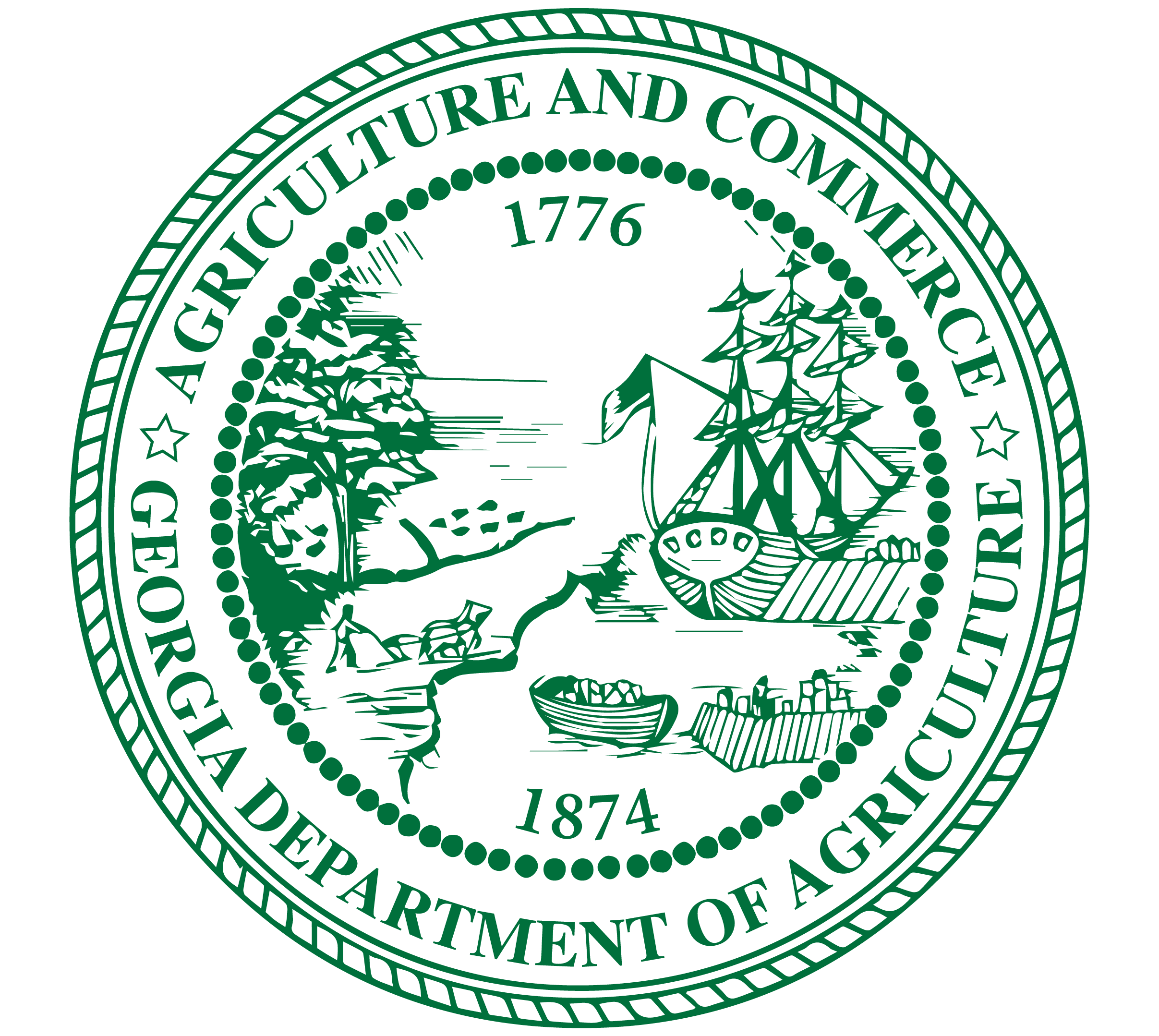Requirements
Whether you call it a shared-time, shared-use, community, commercial or incubator kitchen, it’s all the same – you are utilizing a commercial facility where you can rent time and space to manufacture your own food products. If you choose this type of facility, what is your responsibility? What responsibility does facility management have?
Consider the following
- What food safety controls are in place in your community kitchen?
- What cleaning and sanitizing procedures are in place to prevent cross-contamination and protect your customers?
- Will the operator utilizing the kitchen after you need to be concerned about the safety of their products?
- Who is monitoring the facility and the visitors or operators coming onto the property?
- Is secure storage available to maintain the integrity of your ingredients and finished products from adulteration?
Is it surprising that foods usually prepared for immediate consumption may need significant changes to be successfully preserved and sold? This is the reality of food processing.
Community kitchens may have many requirements that you will have to meet, including
- The food laws and regulations applicable to your specific product based on whose jurisdiction your product falls
- How you plan to demonstrate and document your product is safe from raw material acquisition through distribution
- Your customer base and risks associated with those particular demographic groups
- Whether you have had adequate process-related training or prior experience in food safety
- The risks and hazards involved in producing your particular product
- Inherent risks associated with foods in general, i.e. allergens
- How you plan to insure and demonstrate the safety and quality of your ingredients and packaging supplies being provided by your suppliers
- Whether your product requires additional temperature control after processing
- What your food product label is required to identify
- Whether your food packaging is appropriate to protect against post-process contamination
- What you would do in the event of a worst-case scenario, i.e. you produce a food contaminated with a pathogen
Resources
Resources available to you include your State Department of Agriculture, State Department of Health and Human Services, Local Health Department, Cooperative Extension Service and the Food Science Department at the local land- grant university. These resources can provide you with laws and regulations, processing guidance, inspection or licensing protocol, overview of food safety issues, advanced food safety and food manufacturing training, food product evaluations and classifications, and additional contact information.
What you can expect from a regulatory agency
- Visual verification of conformance with state laws and regulations
- Review of training certifications, process evaluations/scheduled processes and labels
- Review of process controls and assessment of risks and hazards
- Creation of inspection report
- Collection of license fees (not applicable in all states)
- Establishment of frequency of inspection
- Collection of a finished product
- Regulatory guidance
Source
This document was developed by the Georgia Department of Agriculture and the North Carolina Department of Agriculture & Consumer Services


